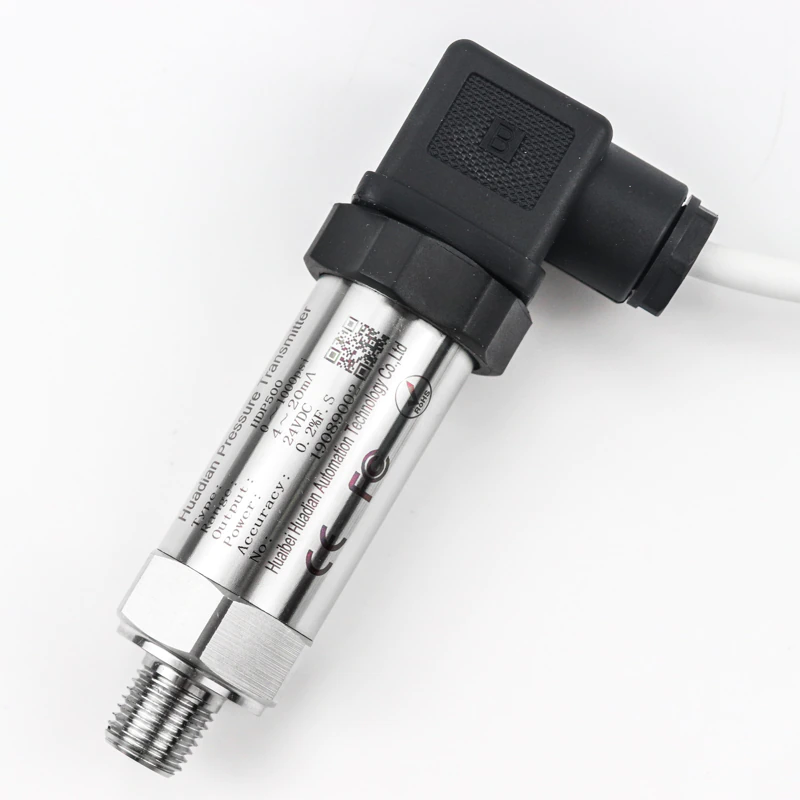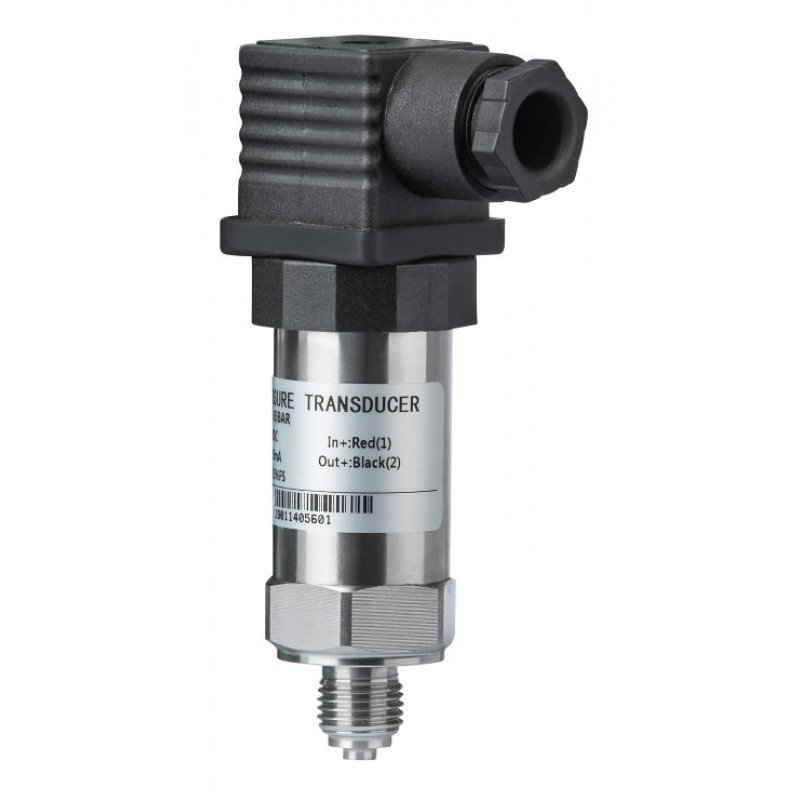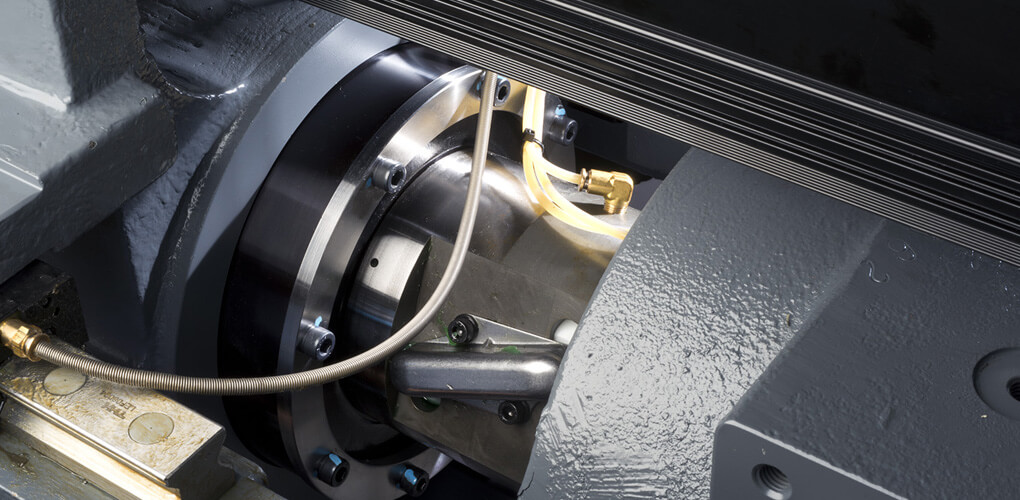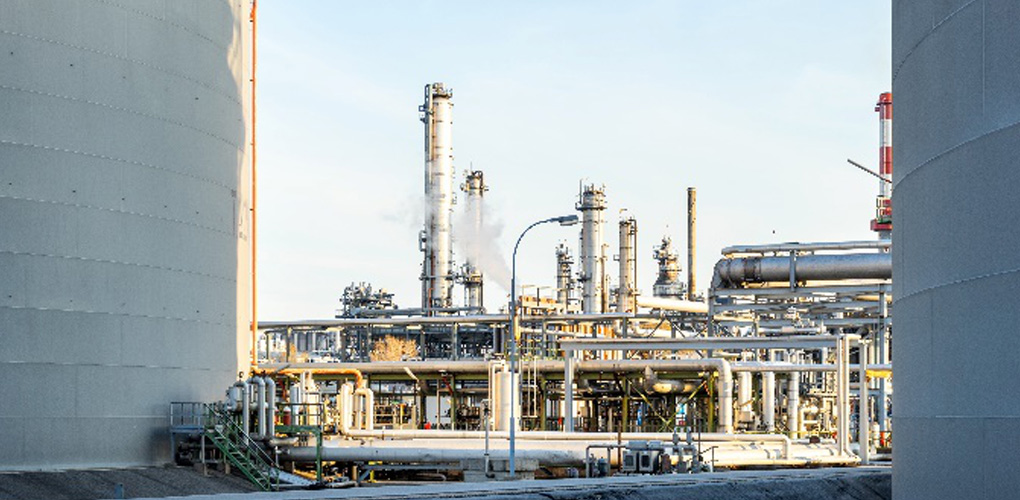7 Tips to Get Perfect Seawater Pressure Transmitter

There are many types of seawater pressure transmitter, each of which differs in purpose, application, and design features. In this article, we will show you how to choose the right model from a huge number of options.
How to choose seawater pressure transmitter - 7 main criteria
In fact, the selection criteria of seawater pressure transmitter are much more than seven. That is why the pressure sensor market is not limited to a couple of dozen options. But offers hundreds of different models, from economical devices for housing and communal services to intelligent customizable sensors.
These sensors have with an explosion-proof shell for the oil and gas industry. But to understand the purpose and suitability of a particular modification, to understand whether it is suitable for solving the problem, it is enough to consider 7 simple criteria when choosing:
- The type of pressure measured
- Measured medium type
- Furthermore, measurement range
- Measurement accuracy (error)
- Additionally, process (medium) temperature
- Output signal is main area of seawater pressure transmitter
- Lastly, process connection
1. Type of measured pressure
By the type of pressure being measured, sensors are distinguished:
- First and foremost, absolute pressure.
- Secondly, hydrostatic pressure.
- Also, differential pressure.
- Moreover, overpressure.
- Additionally, overpressure-under pressure.
- More importantly, vacuum (vacuum pressure).
Absolute pressure transmitters are designed to measure the value of pressure relative to absolute vacuum.
2. Type of measured medium
Pressure sensors can be common to work with non-aggressive and aggressive gases and liquids, food, viscous and abrasive media, oils, petroleum products, etc. The specificity of the monitored environment requires special design solutions of the sensors.
For example, in the presence of dirt particles, it will be necessary to use a modification with a separating membrane, which will protect the sensitive elements of the seawater pressure transmitter from breakage and destruction.
3. Measurement range
The measuring range of the pressure sensor is the maximum and minimum values at which the device will measure and convert to an output signal. Therefore, it is necessary to select a sensor whose measuring range corresponds to the pressure range of the intended measurements.
In this case, both normal operating conditions and random pressure fluctuations must be considered. There are high and ultra-high pressure transmitters, low and ultra-low pressure transmitters, and medium pressure transducers.
4. Accuracy of measurements error
For several technological processes, the most important indicator is the measurement accuracy. Therefore, accuracy of seawater pressure transmitter is the main characteristic of any sensor, which determines the error of its measurements.
Measurement error is the value of the maximum discrepancy between the readings of the real and reference measurements; it is defined as the maximum deviation of the measured characteristic from the actual one.
Accuracy ranges for seawater pressure transmitter

In general, the accuracy of pressure transmitters is 0.5% of the measured pressure range. For processes that are less demanding on accuracy, the error can be 1.25% of the range. There are also high-precision pressure sensors, the measurement error of which does not exceed 0.25% and 0.1%.
5. Process temperature (measured medium)
Each of the seawater pressure transmitter has permissible thresholds for the operating temperature range. And it is important that the process temperature does not go beyond these values. For example, in the food industry there are short-term processes that take from 20 to 40 minutes (sanitization).
6. Output signal for seawater pressure transmitter
By the type of output signal, pressure sensors are divided into:
- First and foremost, analog Output Models
- Secondly, versions for seawater pressure transmitterare with digital output signal
- Lastly, devices with relay output signal
Range for unified current signals in seawater pressure transmitter
This is a universal output signal for most pressure transmitters. Sensors with a current analog output signal of 0 ... 20 mA, , etc. are widely common.
Also, in the industry there are pressure sensors with a voltage output signal, for example: 0 ... 1 V, 0 ... 10 V, 0 ... 5. Seawater pressure transmitter with digital output signal, in addition to analog 4… 20 mA, can be produced with support for HART, RS-485 and RS-232 protocols.
7. Process connection in seawater pressure transmitter
The connection of a pressure sensor to the process is the method of mounting a device for carrying out measurements - to a pipeline, impulse line, etc. Sensors distinguish by the type of mechanical connection:
- First and foremost; with threaded connections.
- Also, with flange connections.
- Furthermore, hygienic connections.
- Lastly, submersible.
General industrial versions of pressure transmitters are most often mounted using G1 / 2 ″ DIN 16288 and M20x1.5 threaded connections.
Pressure measuring instruments in industry - characteristics and types
A seawater pressure transmitter is a measuring device that is designed to continuously measure the pressure of various liquid and gaseous media, as well as the subsequent conversion of the obtained measurement values into a unified output signal for current or voltage.
The signal obtained because of the measurement is common as an input signal for the equipment of systems for automatic regulation, control, and monitoring of technological processes. Moreover, strain gauge force and pressure transducers are widely common as miniature compact devices.
Significance of compact devices
These are capable of measuring force and pressure in the range from several Pa to several MPa. It is impossible to automate production of seawater pressure transmitter that uses liquids, pasty mixtures, gases under pressure without using instruments for measuring and converting pressure and force.
Final thoughts on seawater pressure transmitter 7 criteria’s
In addition to the 7 main criteria, when choosing pressure sensors, it is necessary to consider other operating conditions: temperature drops, vibration, shock, interference in power circuits, the presence of explosive installations, etc. On our website you will find a wide selection of pressure transmitters.
It is very important to get quality transmitter. It will give you an accurate result to maintain day to day activities. For this, you need a reliable company to get this device. Do not go for cheap options. We recommend visiting our company to get finest devices.












